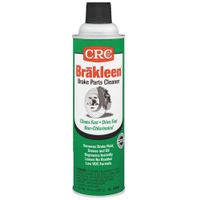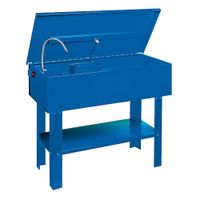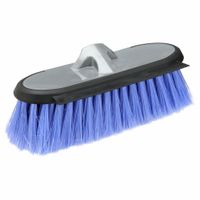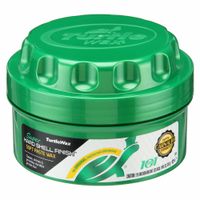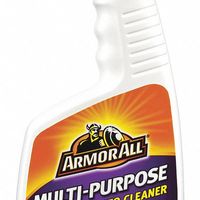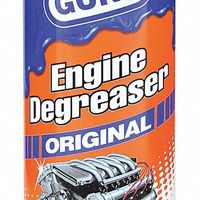- Home
- Fleet Vehicle Maintenance
- Vehicle Cleaning Supplies
Vehicle Cleaning Supplies
Vehicle cleaning supplies clean and degrease internal and external parts of vehicles. Brake cleaners and degreasers remove built up dirt, grime, and grease on brake assemblies which can cause brakes to squeak and reduce braking performance. Vehicle parts cleaners and degreasers dissolve dirt, grease .....Read More
Frequently Asked Questions
What are the best products for cleaning and degreasing vehicle parts?
How do brake cleaners improve braking performance?
What is the difference between a degreaser and a cleaner?
How often should vehicle parts be cleaned and degreased?
What are the benefits of using a parts washer for vehicle maintenance?
How can I clean and maintain the interior of my vehicle?
What products are recommended for exterior vehicle detailing?
How do I choose the right cleaning applicators and equipment for my vehicle?
What are the best practices for using vehicle cleaning supplies safely?
How can I remove scratches and polish the paint on my car?
